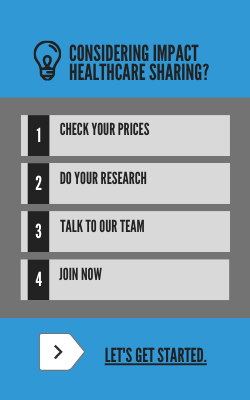.webp?width=795&height=530&name=blog%20images%20(6).webp)
With temperatures rising, it’s important to learn the signs of both heat exhaustion and heatstroke. Both can be prevented with hydration and limiting exposure to the sun. We have put together a comparison list of symptoms for you below.
| Heat Exhaustion |
Heat Stroke |
|
|
What should you do if you or someone you are with is experiencing symptoms of heat exhaustion?
- Hydrate with water or sports drinks. Avoid alcohol.
- Move to an air-conditioned place.
- Lie down.
- Take a cool shower or use a cold compress.
- Remove extra layers of clothing.
- Sip water.
- Act quickly. Untreated heat exhaustion can progress to heatstroke.
- If vomiting continues, seek medical assistance.
In case of a heat stroke, which is a medical emergency:
- Call 911.
- Move the person to a cooler place and out of the sun.
- Use a cold compress to encourage the body to reduce its temperature.
- Do not give fluids.
Who is at risk?
- Infants
- Older Adults
- Athletes
- Individuals who work outside.
- Those diagnosed with heart, lung, and kidney diseases could be more prone to heatstroke.
Heatstroke Prevention
- Don’t wear excess clothing. Too much clothing in hot temperatures hampers your body’s ability to sweat and cool itself down. Wear lightweight and loose-fitting clothing.
- Avoid alcohol and caffeinated sodas. Drinking too much alcohol can affect the body’s ability to regulate temperature, and caffeine can contribute to dehydration. Stick to one, or better yet, none at all.
- Drink plenty of fluids before and during your activity in the heat.
- Use sunscreen and wear wide-brimmed hats and sunglasses while spending time outdoors.
- Never leave anyone in a parked car. Heat can rise to 20 degrees F in less than ten minutes in a car.
- Take breaks and rest if you start to feel tired or weak.
- Apply wet towels to your neck or wear a wet headband to help beat the heat.
Never leave children or pets in hot cars. A child left in a hot car can die from a heat stroke in a matter of minutes. A child’s body heats up three to five times faster than an adult’s. Heat strokes can happen inside of a car even when it is only 60 degrees F outside. Heatstroke is the leading cause of non-crash, vehicle-related deaths in children under 15 years old.
-2.webp?width=795&height=530&name=blog%20images%20(5)-2.webp)
Keep in mind the time of day you’ll be outside; early mornings and late evenings are the coolest times of the day. If the heat indexes are in the high 90s or above, be careful about the amount of time you plan to spend outside.
Remember, our pets can also have a heatstroke. Watch for the following signs:
- Excessive panting. If your dog is panting constantly or faster than normal, they may be overheated.
- Bright red gums. If your dog’s gums are not the typical color, they could be dehydrated.
- Increased heart rate.
- Dry nose. This is a good detection that your pup could be dehydrated.
- Vomiting or diarrhea. Stool with blood in it is a warning sign for heat exhaustion.
- Body temperature higher than 104°
- Watch out for lots of drool, noting if it is thicker and stickier than usual.
- Muscle tremors. If your dog seems to be shaking, it may be heat exhaustion.
Don’t let your dog stay outside too long, and make sure that there is clean and cool water available. Avoid walking your dog during peak temperature hours and bring water with you on your walks. Shorter walks may be best during hot days.
If you suspect your dog is suffering from heat exhaustion, take the following steps:
- Call your veterinarian as soon as possible. Your vet will give you steps to take and signs to watch for.
- Apply cool water around their paws, which will help reduce fever.
- Provide cool (not cold) water for them to drink.
- Let them lay in front of a fan in a cool area.
Spending time in the sun is one of the best things about summer, but taking precautions will help to keep everyone safe.


